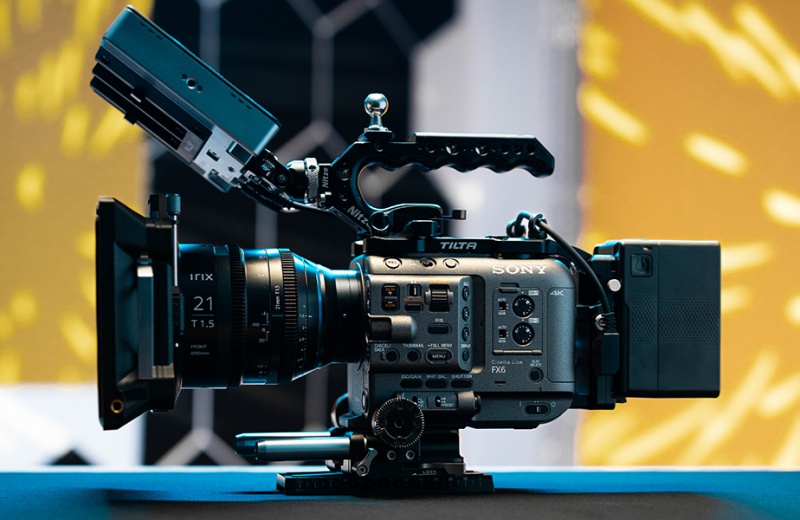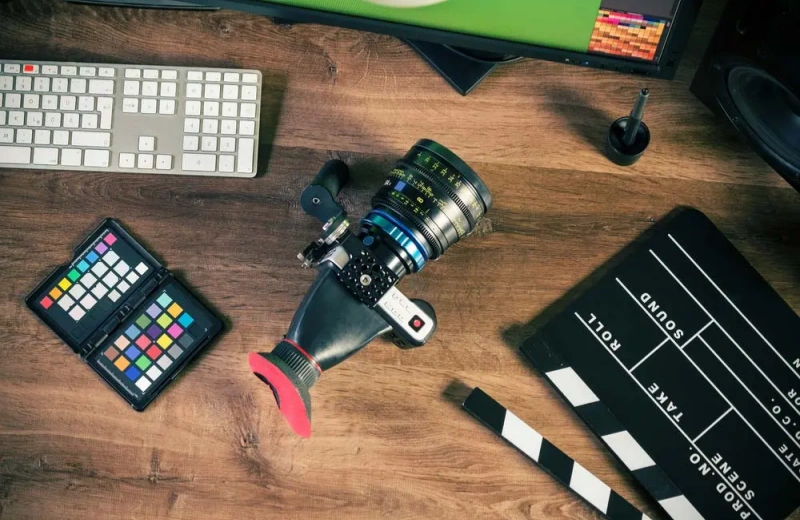1. The ability to adjust the focal length is one of the properties of a cinematic lens. Autofocus is used for most of the focus when shooting pictures. Let’s say you wish to change the focal point of a scene from one fixed object to another. Because the object is not moving, you can set the focus ring to focus on it in the first place, turn it until the second object is in focus, then mark the location of the second object.
2. In cameras with autofocus, this is not possible. Changing the focal length from 3 to 5 meters requires the use of a very precise scale when rotating the focus ring. In addition, the camera’s focus ring does not have a very heavy stopping feel. When your lens reaches infinity, you can continue to turn the focus ring until infinity. The focus ring of a movie lens, on the other hand, has a heavy stop at both the first and last ends. It makes zooming movements from small to large maximum distances all the more comfortable. You can even zoom more precisely without a follow focuser when the marker point is visible
The differences between movie lenses and ordinary lenses are different mounts, different image quality, different control, different appearance, different functional design, different optical design, and different prices.
The mount is different: network movies use EF bayonet lenses, some big movie manufacturers have started selling EF mount lenses to adapt to the market, but they can only choose one image quality aperture, however, in real digital projectors, those without EF mount are PL mount film lens manufacturers, they offer various image quality options on this mount.
Image quality is different: the resolution of film lenses is not the same as ordinary lenses, the worst resolution of film head is much stronger than ordinary lenses, film lenses can restore the details of things very well, color transparency, color transition is even and natural, the contrast between things is obvious, follow focus.
Maneuverability is different: in general, the lens connector is easy to carry, so the products are more compact, in the follow focus will be easy to run focus, the trip is very small, the film lens follow focus trip is very adequate, and can be very good to ensure follow focus.
Appearance is different: most of the film lens housing on the market today is all metal, and the lens is carefully polished glass lens inside, so there is usually a sense of heaviness in the hand, ordinary lenses are usually relatively light, some lenses even use organic lenses, not glass at all.
Function design is different: ordinary lens aperture is controlled by the camera adjustment, and the film lens is completely manual, the film lens is not like a photography lens with a fixed aperture stop, so adjust the aperture when you can freely set any value.
The optical design is different: the optical quality of the lens is highly dependent on the glass lens, quality still photography lenses are usually made of high-end glass, and therefore are a viable option for video in terms of optical quality alone, and while the optical performance of a cine lens and an ordinary lens may look similar under normal shooting conditions, a cine lens can shine when lighting is difficult, and the lens of a cine lens makes it possible to shoot in poor lighting conditions.
Price difference: Cine lenses are generally much more expensive than regular lenses.





